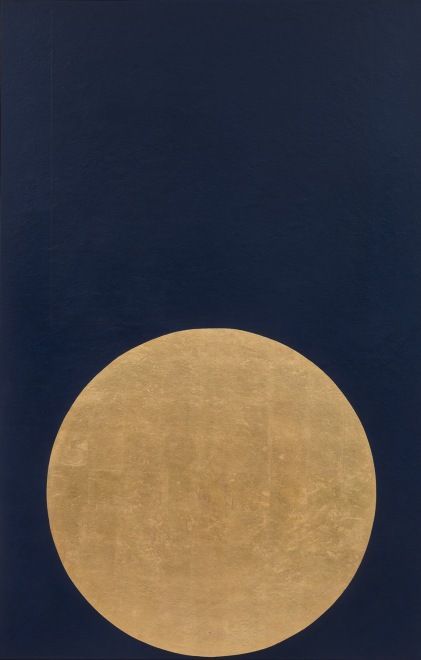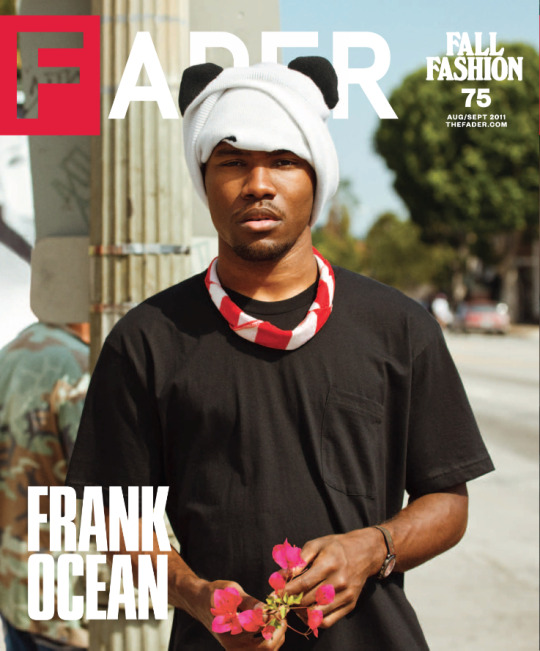Photo

Today In History
Leontyne Price, world-renowned opera singer, made her formal debut at the Metropolitan Opera House on this date January 27, 1961. Price played “Lenora” in Verdi’s Il Trovatore.
CARTER™️ Magazine carter-mag.com #wherehistoryandhiphopmeet #cartermagazine #historyandhiphop365 #carter
#leontyneprice #blackhistorymonth #blackhistory #history #staywoke
https://www.instagram.com/cartermagazine/p/CZO3uG4rRfz/?utm_medium=tumblr
71 notes
·
View notes
Photo
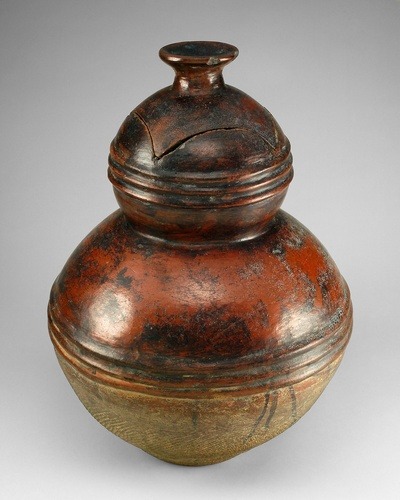
Container for Valuables, Gur, 1900, Art Institute of Chicago: Arts of Africa
Among the Gur-speaking peoples, potters use the direct pull method, pushing into a lump of clay to form the pot’s base and pulling upward while rotating the mass to form the walls. They then scrape the clay to consolidate it and to perfect the form. Elegant, round-bodied containers such as these, which feature a lid cut seamlessly from the body and a flared topknot that acts as a handle, are made by many Gur-speaking peoples and are intended to hold valuables. This robust vessel has two tiers that are each encircled at midpoint by a series of three ridges. A topknot handle and a cutaway lid crown the upper tier, and this, along with the upper half of the lower tier, is smoothly burnished and stained with a red slip that has partially blackened. In contrast, the bottom half of the lower tier was consolidated with a roulette or corncob, giving it a textured surface. According to Douglas Dawson, the Nuna specialize in these two-tiered forms. While the valuables stored within such containers may include money and jewelry, their worth may also be defined more esoterically. For example, clans, lineages, and individuals possess objects that are treasured for their role in forging a connection with the vital forces of nature. According to scholar Christopher Roy, these may include “animal skulls and tails, rings, amulets, bracelets, stools, bottles, and anthropomorphic figures in clay and wood.” [See also 2005.232]. Gift of Keith Achepohl
Size: 47.6 × 34.3 cm (18 ¾ × 13 ½ in.)
Medium: Blackened terracotta and slip
https://www.artic.edu/artworks/185661/
12 notes
·
View notes
Text

Cristina Garcia Rodero Death-Day. Port au Prince, Haiti. 2001. © Cristina Garcia Rodero | Magnum Photos
445 notes
·
View notes
Text

257 notes
·
View notes
Photo

Ms. Tina Turner. Photography by Bob Gruen.
692 notes
·
View notes
Photo
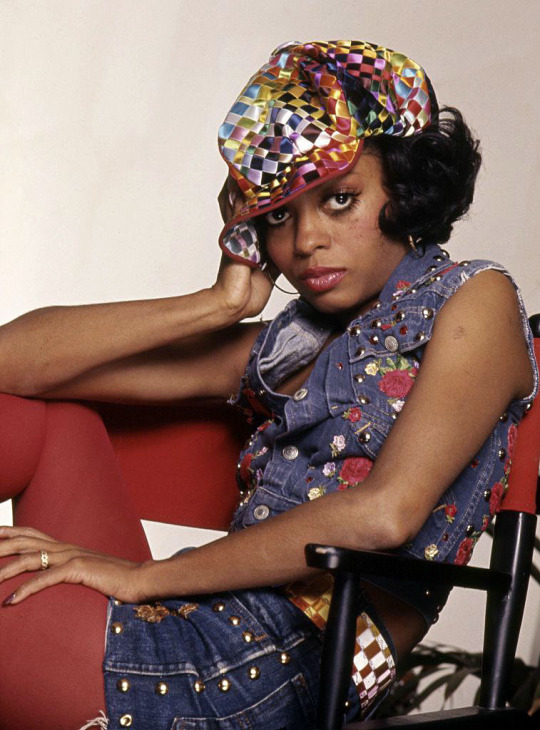
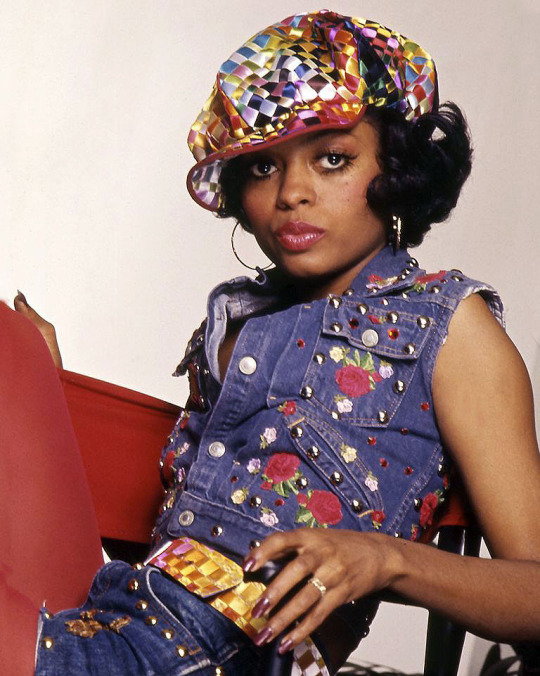
Singer Diana Ross poses for a portrait in 1984 in Los Angeles, California.
363 notes
·
View notes
Photo
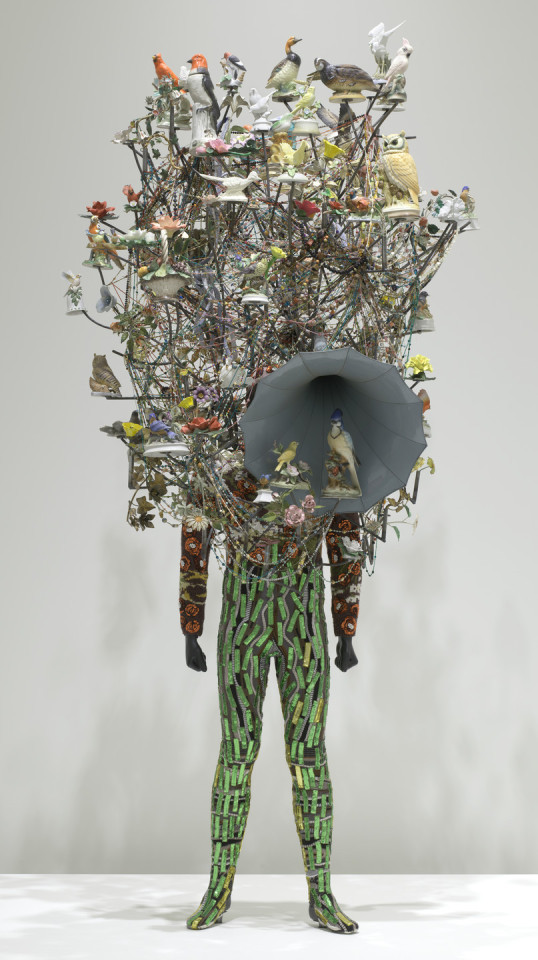
Soundsuit, Nick Cave, 2011, MoMA: Painting and Sculpture
Gift of Agnes Gund in honor of Dr. Stuart W. Lewis
Size: 10’ 1" x 42" x 33" (307.3 x 106.7 x 83.8 cm)
Medium: Found objects, metal armature, knit head and bodysuit, and mannequin
http://www.moma.org/collection/works/156386
50 notes
·
View notes
Photo

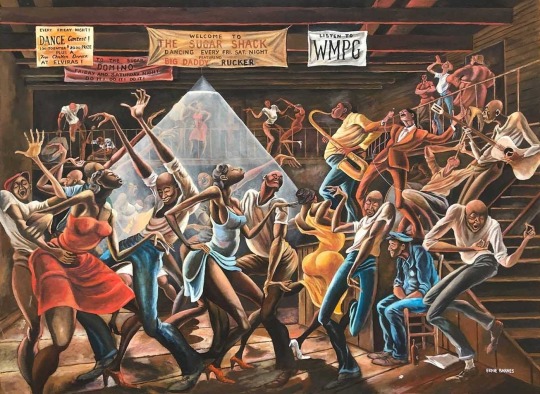
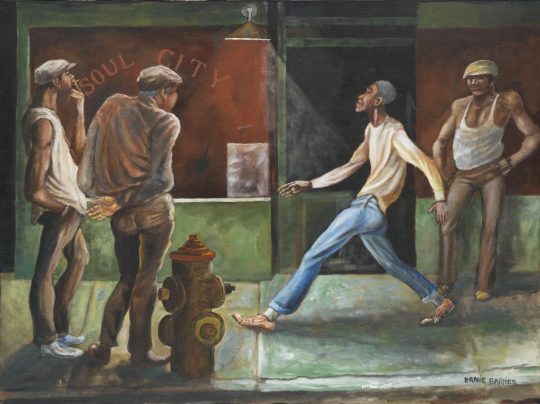



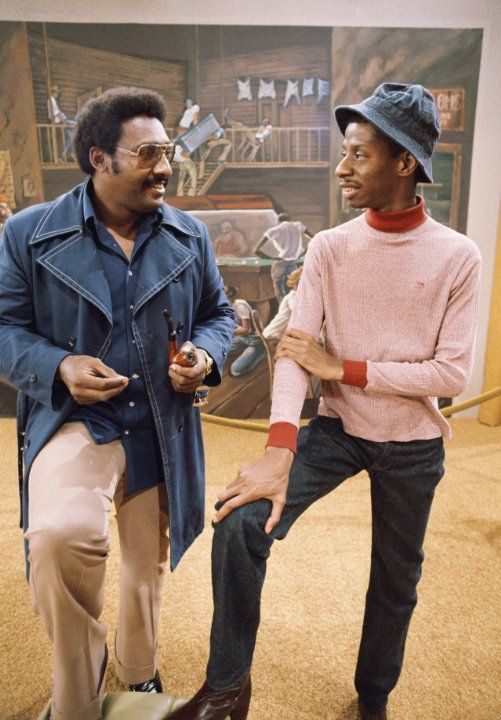

The Late, Great and Legendary Ernie Barnes. 1938-2009
Ernest Barnes Jr. was born during the Jim Crow era in "the bottom" community of Durham, North Carolina, near the Hayti District of the city. He had a younger brother, James (b. 1942), as well as a half-brother, Benjamin B. Rogers Jr. (1920–1970). Ernest Jr. was nicknamed "June". His father, Ernest E. Barnes Sr. ( –1966), worked as a shipping clerk for Liggett Myers Tobacco Company. His mother, Fannie Mae Geer (1905–2004), oversaw the household staff for a prominent Durham attorney and local Board of Education member, Frank L. Fuller Jr.
On days when Fannie allowed "June" (Barnes' nickname to family and childhood friends) to accompany her to work, Mr. Fuller encouraged him to peruse the art books and listen to classical music. The young Ernest was intrigued and captivated by the works of master artists. By the time Barnes entered the first grade, he was familiar with the works of such masters as Toulouse-Lautrec, Delacroix, Rubens and Michelangelo. When he entered junior high school, he could appreciate, as well as decode, many of the cherished masterpieces within the walls of mainstream museums – although it would be many more years before he was allowed entrance because of segregation....
Barnes credits his college art instructor Ed Wilson for laying the foundation for his development as an artist. Wilson was a sculptor who instructed Barnes to paint from his own life experiences. "He made me conscious of the fact that the artist who is useful to America is one who studies his own life and records it through the medium of art, manners and customs of his own experiences.”.....
Throughout the Good Times television series (1974–79) most of the paintings by the character J.J. are works by Ernie Barnes. However a few images, including "Black Jesus" in the first season (1974), were not painted by Barnes. The Sugar Shack made its debut on the show's fourth season (1976–77) during the opening and closing credits. In the fifth season (1977–78) The Sugar Shack was only used in the closing credits for five early episodes during that season. In the sixth season (1978–79), The Sugar Shack was only used in opening credits for the first eight episodes and in the closing credits for five early episodes during that season. In the fifth and sixth seasons (1977–79), The Sugar Shack appears in the background of the Evans family apartment. Barnes had a bit part on two episodes of Good Times: The Houseguest (February 18, 1975) and Sweet Daddy Williams (January 20, 1976).
Barnes' artwork was also used on many television series, including Columbo, The White Shadow, Dream On, The Hughleys, The Wayans Bros., Wife Swap, and Soul Food, and in the movies Drumline and Boyz n the Hood........
Barnes passed away on Monday evening, April 27, 2009 at Cedars Sinai Hospital in Los Angeles, California from myeloid leukemia. He was cremated and his ashes were scattered in two places: at his hometown Durham, North Carolina, near the site of where his family home once stood, and at the beach in Carmel, California, one of his favorite cities.
Legend.
31K notes
·
View notes
Photo
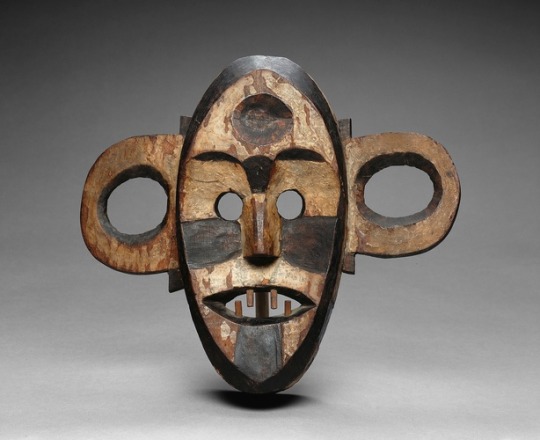
Face Mask, Bwa, 1875, Art Institute of Chicago: Arts of Africa
Little is known about the meaning and use of these masks. Only 20 examples are extant and even their common attribution to the little-known Bwa (or Boa) people remains uncertain. Named pongdudu in early 20th-century written sources, such face masks were described as promising to confer invulnerability during battle, and instilling fear in the enemy. However, recent research has indicated that the relationship between these masks and warfare is fictitious. Samuel A. Marx Restricted Fund
Size: H. 28.6 cm (11 ¼ in.)
Medium: Wood, kaolin, and pigment
https://www.artic.edu/artworks/87113/
73 notes
·
View notes
Photo

Arturo Alfonso Schomburg
The Schomburg Center for Research in Black Culture strives to continuously spread the seed of knowledge to our community.
In honor of Puerto Rico’s Emancipation Day (Día de la Abolición de Esclavitud—March 22, 1873), we are honoring an important historian, scholar, and activist who was a central figure in collecting and preserving the artifacts, and the experiences and culture of the black Diaspora during the Harlem Renaissance, and whose collections contributed to the foundation of our research center—Mr. Arturo Alfonso Schomburg (1874-1938).
Arturo Alfonso Schomburg was born on January 24, 1874 in the Spanish colony of Santurce, San Juan, Puerto Rico to a black West Indian mother and a German immigrant father. In 1891, Schomburg migrated to New York where he became involved with the nationalist intellectuals of the Cuban and Puerto Rican communities, and later black internationalism.
Mr. Schomburg was a scholar, historian, author, and activist in the United States, and his vast collection of black history and culture was purchased in 1926 by the Schomburg Library in Harlem, New York. The library was named after Mr. Schomburg in October 1972, in honor of his commitment to collecting and documenting Black contributions to the world. Today the Schomburg Center possesses one of the richest collections on black history.
88 notes
·
View notes
Text
“It has always been my mission to get people to understand that we are also human, that we are human beings with all the nuts and bolts of being human. That has always been my premise. I deal with every character on a humanistic face, because that’s what we are—we all feel the same things and think the same things, whether we want to admit that or not. Why we should be treated differently simply because of the color of our skin is far beyond me.”
— Cicely Tyson (1924-2021)
479 notes
·
View notes



